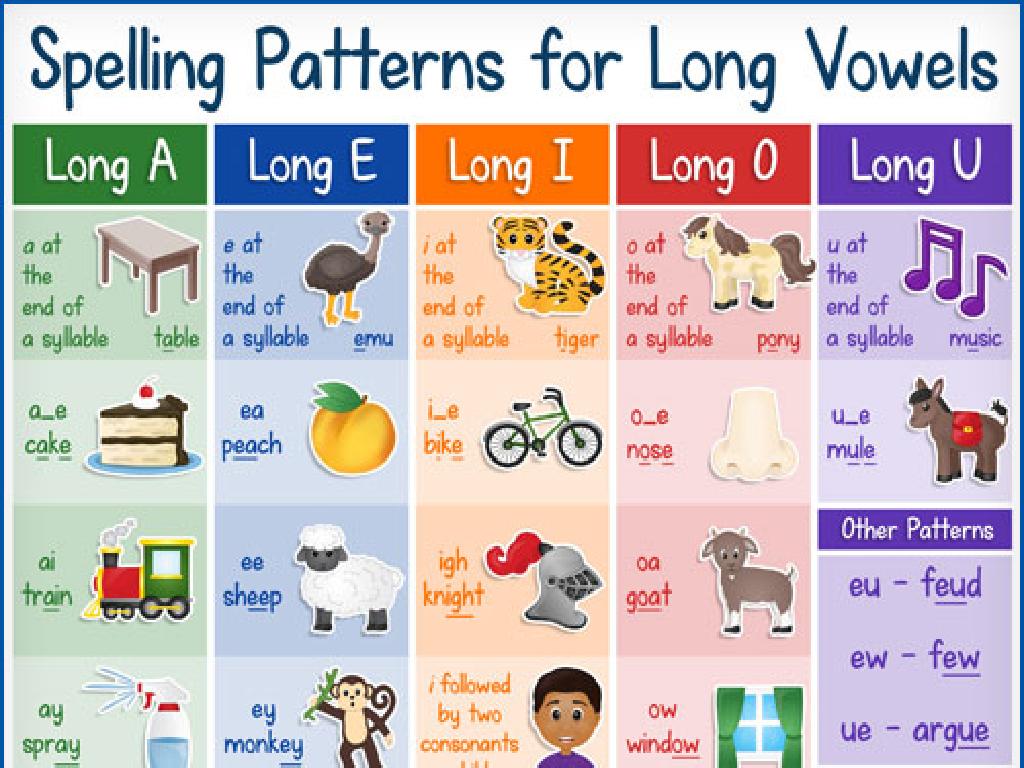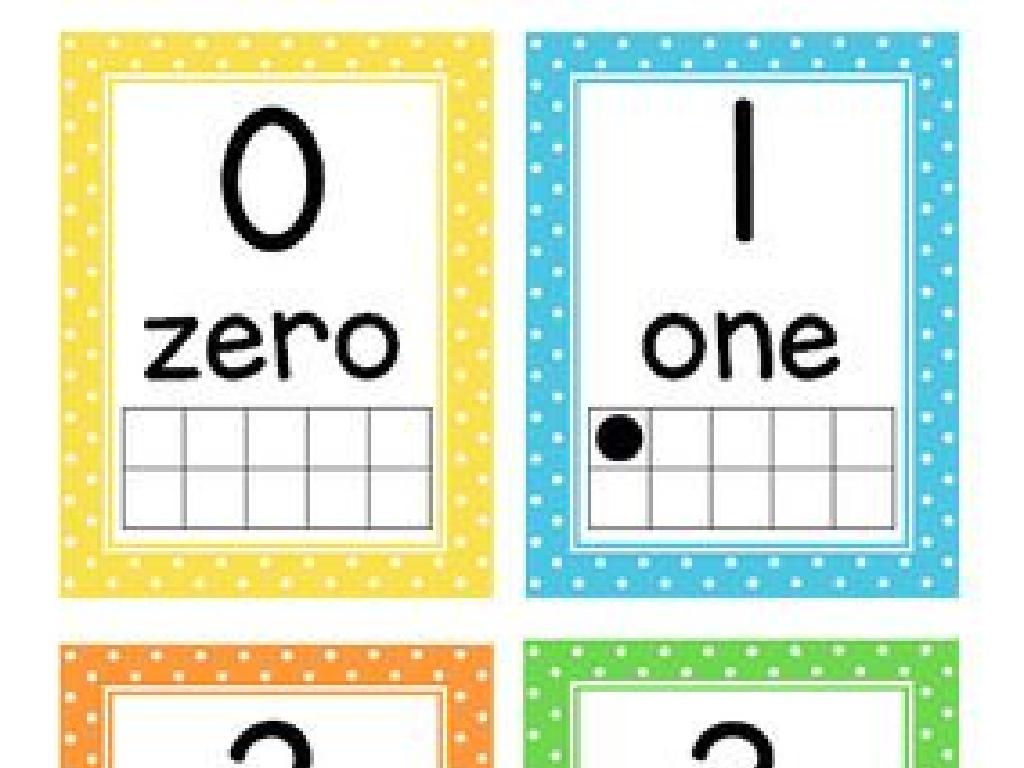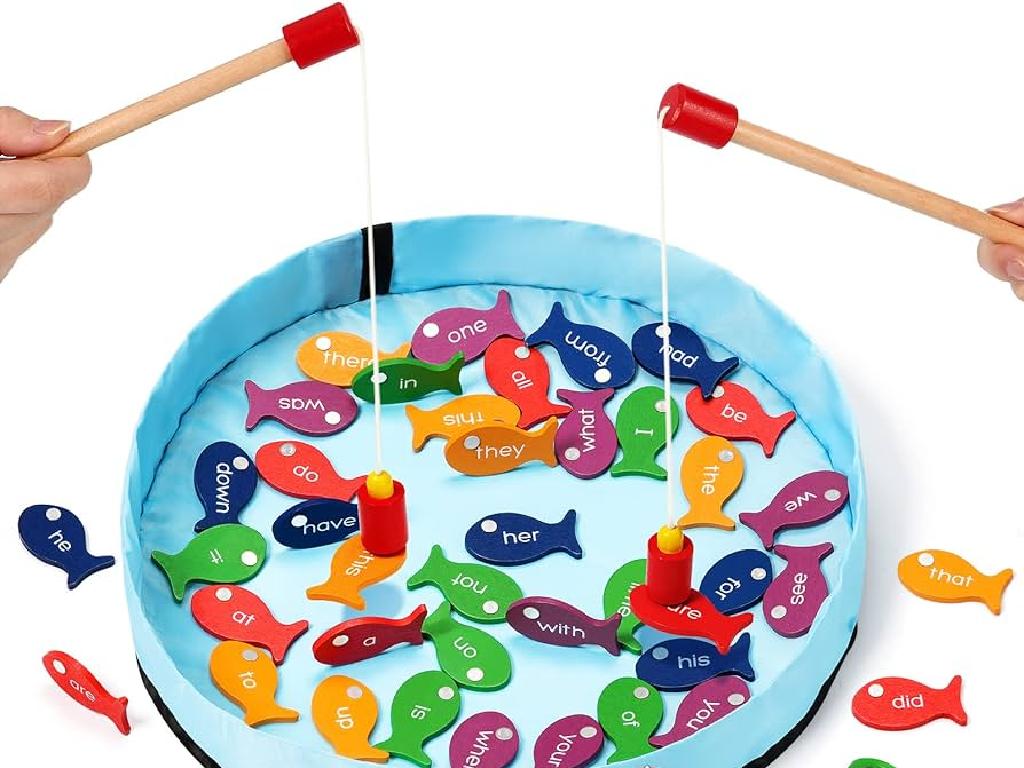Identify Control And Experimental Groups
Subject: Science
Grade: Eighth grade
Topic: Designing Experiments
Please LOG IN to download the presentation. Access is available to registered users only.
View More Content
Identifying Control & Experimental Groups
– Scientific Method Overview
– Role of Experiments in Science
– Defining Control Groups
– Control group remains under normal conditions as a standard for comparison
– Defining Experimental Groups
– Experimental group receives the variable being tested
|
This slide introduces the concept of control and experimental groups within the context of the scientific method and the role of experiments in science. Begin by reviewing the steps of the scientific method, emphasizing how experiments are structured to test hypotheses. Explain that control groups serve as a baseline, experiencing no changes, while experimental groups are subjected to the variable in question. This comparison allows scientists to observe the effects of the variable and draw conclusions. Encourage students to think of simple experiments they could conduct where identifying these groups is essential, such as testing the effect of sunlight on plant growth.
Understanding Experiments: Control vs. Experimental Groups
– Define an experiment
– A scientific procedure to test a hypothesis
– Key components in experiments
– Includes hypothesis, variables, data collection
– Roles of control & experimental groups
– Control group remains unchanged, experimental group receives the treatment
– Significance of comparison
– Comparison helps determine the effect of the treatment
|
This slide introduces the concept of scientific experiments to the students. An experiment is a methodically organized procedure where researchers test a hypothesis. Key components include the hypothesis, independent and dependent variables, and systematic data collection. The control group serves as a baseline, not receiving the treatment, while the experimental group receives the treatment. By comparing these groups, scientists can observe the effects of the treatment and draw conclusions. It’s crucial for students to understand that the control group is essential for a fair test in an experiment. Encourage students to think of simple experiments and identify potential control and experimental groups.
Control vs. Experimental Groups in Experiments
– Define a Control Group
– A control group is the standard to which comparisons are made in an experiment.
– Define an Experimental Group
– An experimental group receives the variable being tested.
– The necessity of both groups
– Both groups are crucial for a fair test and valid results.
– Examples in scientific studies
– For instance, testing a new medicine, one group gets the medicine (experimental) and the other a placebo (control).
|
This slide aims to clarify the roles of control and experimental groups in scientific experiments. The control group serves as a baseline, receiving no experimental treatment, which allows for comparison against the experimental group that receives the treatment or variable being tested. Emphasize the importance of having both groups to ensure that the results of an experiment are due to the variable being tested and not other factors. Provide examples, such as clinical trials for new medications, to illustrate the concept. Encourage students to think of their own examples and understand that without a control group, researchers cannot be sure that their results are actually caused by the variable in question.
Identifying Control and Experimental Groups
– Define control groups
– A control group is the standard to which comparisons are made in an experiment.
– Define experimental groups
– An experimental group receives the variable being tested.
– Characteristics of each group
– Control groups remain constant, while experimental groups receive the treatment.
– Identifying groups in experiments
– Look for the group not receiving the treatment (control) and the one that does (experimental).
|
This slide aims to clarify the roles of control and experimental groups in scientific experiments. The control group serves as a baseline and does not receive the experimental treatment, allowing for a comparison against the experimental group, which does receive the treatment. It’s crucial for students to understand that the control group helps to isolate the effects of the variable being tested. When identifying these groups in an experiment, students should look for the group that is kept normal or receives a placebo (control) and the group that receives the experimental treatment (experimental). Examples can be drawn from simple experiments, such as testing the effect of fertilizer on plant growth, where one set of plants would be the control group (no fertilizer) and another the experimental group (with fertilizer).
Real-World Examples: Control vs. Experimental Groups
– Example: Plant Growth Study
– Control: no fertilizer, Experimental: different fertilizers
– Example: Medicine Efficacy Test
– Control: placebo, Experimental: actual medicine
– Characteristics of Good Examples
– Clear separation of groups & consistent variable testing
– Understanding Variables
– Control group remains constant, experimental group receives the variable treatment
|
This slide presents real-world examples to illustrate the concept of control and experimental groups in scientific experiments. The first example discusses a study on plant growth where one group of plants receives no fertilizer (control) and the other groups receive different types of fertilizers (experimental). The second example involves testing the efficacy of a medicine where one group of patients receives a placebo (control) and the other group receives the actual medicine (experimental). These examples are effective because they clearly demonstrate the importance of having a standard for comparison (control group) while testing the effects of one change at a time (experimental group). It’s crucial for students to understand that the control group is used as a benchmark to measure how the other variables impact the outcome.
Design Your Own Experiment: Control vs. Experimental Groups
– Formulate a scientific question
– Define control and experimental groups
– Control group remains under normal conditions, experimental group receives the variable change
– Decide on variables to change or maintain
– Identify independent variables to alter and dependent variables to measure
– Understand variable impacts
– Analyze how changes to variables influence the experiment’s outcome
|
This slide is aimed at guiding students through the process of designing their own scientific experiment. Start by encouraging them to think of a question they want to answer through experimentation. Explain the difference between control and experimental groups, emphasizing that the control group does not receive the experimental treatment, which allows for a comparison to determine the effect of the independent variable. Help them to identify which variables they will change (independent variables) and which they will keep the same (controlled variables), as well as what they will measure as a result (dependent variables). Discuss the importance of understanding how the manipulation of these variables can impact the results of their experiment. This will set the foundation for them to conduct their own experiments with a clear understanding of experimental design.
Class Activity: Design Your Own Experiment
– Split into groups & pick a topic
– Create your experiment outline
– Outline the purpose, hypothesis, and steps
– Determine control & experimental groups
– Control group remains unchanged, experimental group receives the treatment
– Present your experiment
|
This class activity is aimed at teaching students how to design an experiment by applying their knowledge of control and experimental groups. Students will work in groups to choose a topic of interest, develop a hypothesis, and outline the steps of their experiment. They must identify which group will be their control (unchanged conditions) and which will be their experimental (where variables are manipulated). After preparation, each group will present their experiment design to the class, explaining their rationale for the control and experimental groups. For the teacher: Provide guidance on how to structure an experiment and ensure each group understands the importance of having control and experimental groups. Possible topics could include plant growth with different fertilizers, the effect of sleep on memory, or the impact of temperature on the rate of a chemical reaction.
Conclusion: Control vs. Experimental Groups
– Recap: Control vs. Experimental
– Control group remains unchanged, experimental group receives the variable.
– Significance of experiment design
– Proper design is crucial for valid, reliable results.
– Engage in Q&A session
– Time to ask questions and clarify doubts.
– Reflect on today’s learning
|
This slide aims to summarize the key concepts of control and experimental groups in the context of designing experiments. Emphasize the role of the control group as the standard for comparison and the experimental group as the subject of the variable being tested. Highlight the importance of proper experiment design to ensure that the results are attributable solely to the variable in question. The Q&A session is an opportunity for students to engage with the material, ask questions, and clarify any misunderstandings. Encourage students to reflect on what they’ve learned and how they can apply these concepts to future scientific inquiries.





